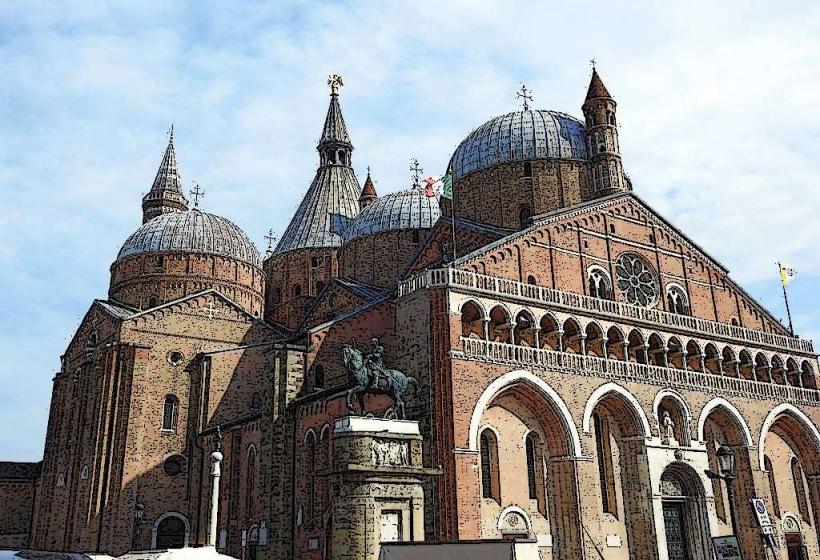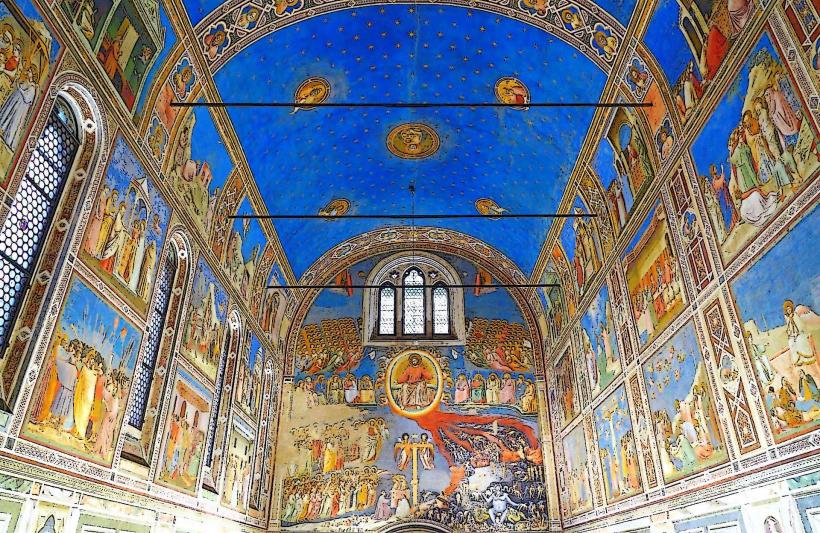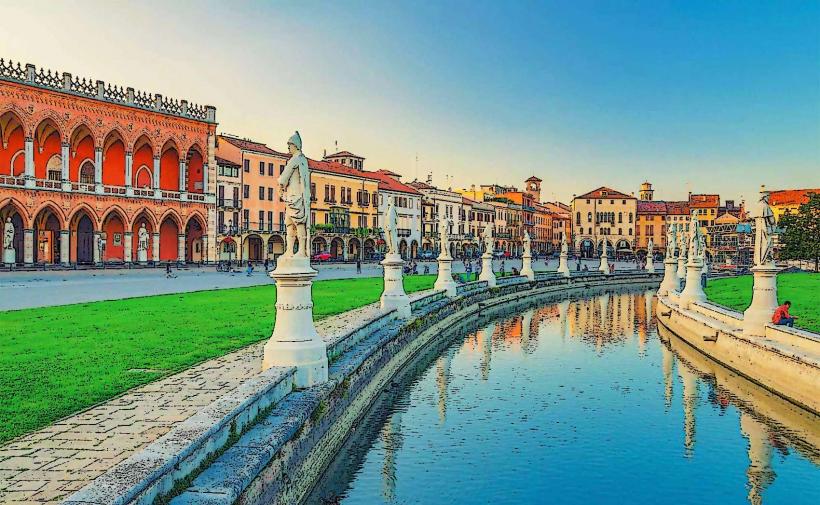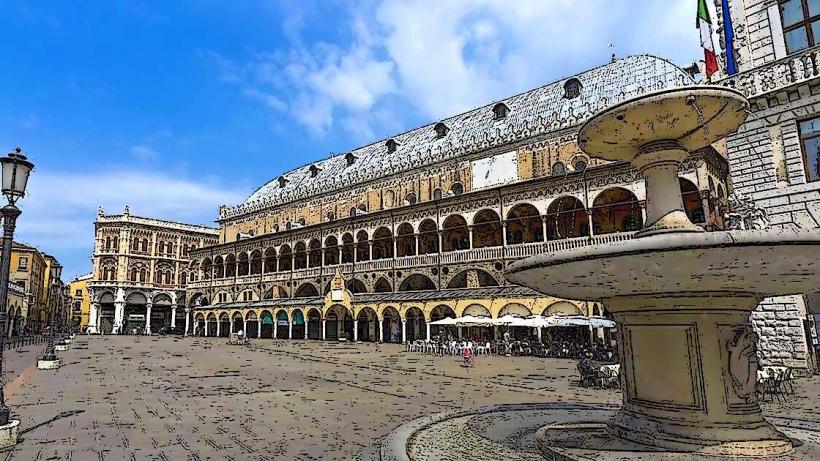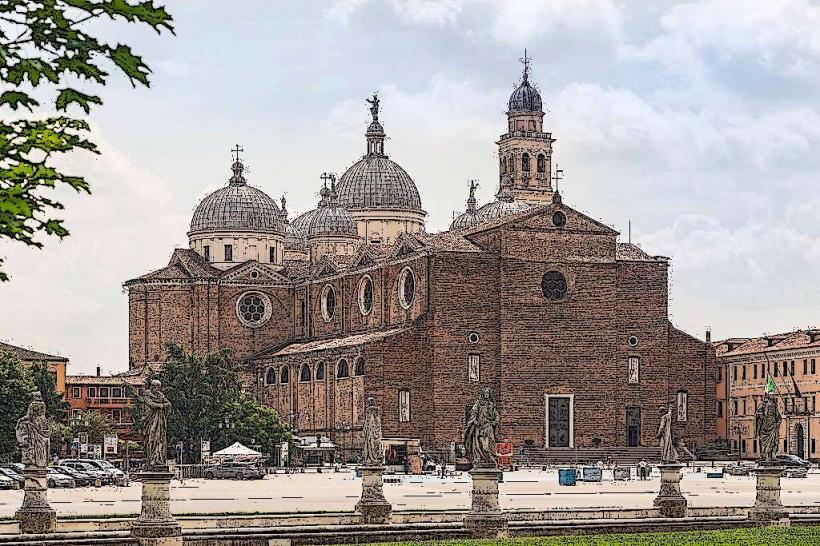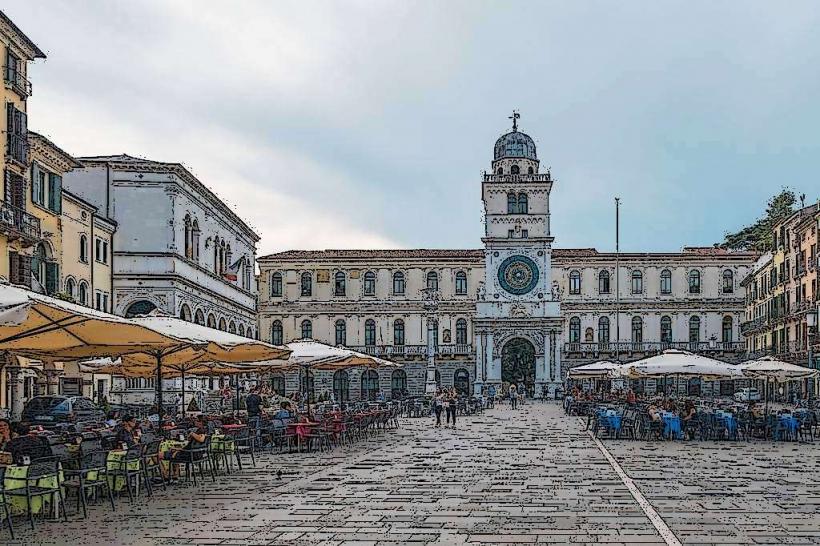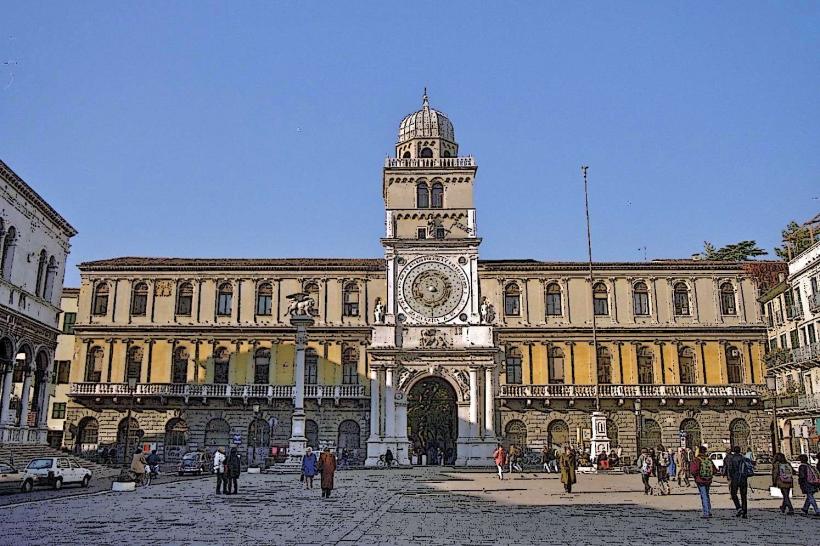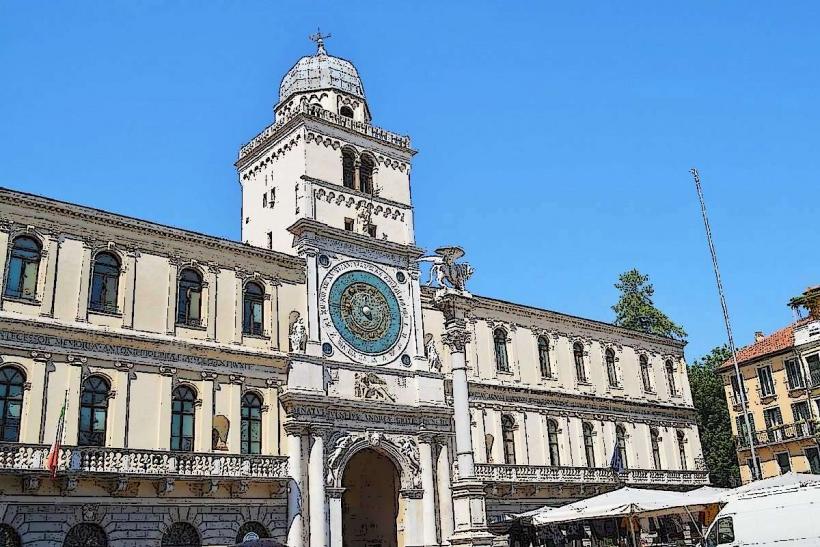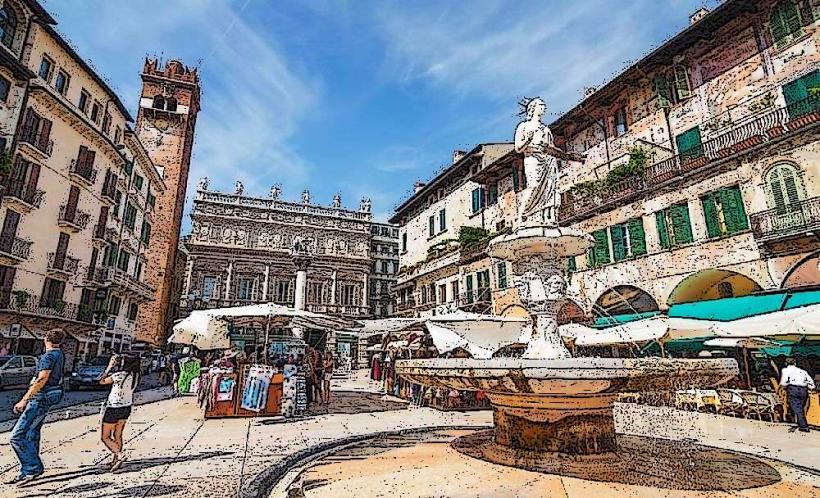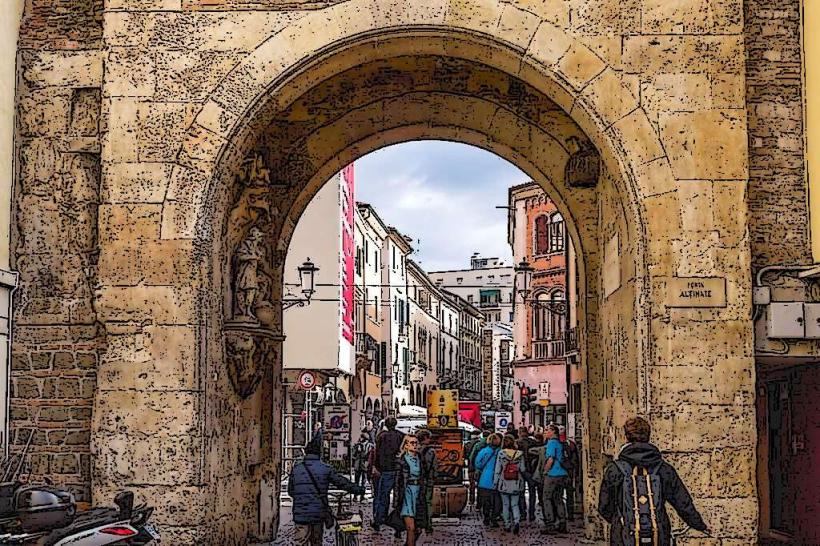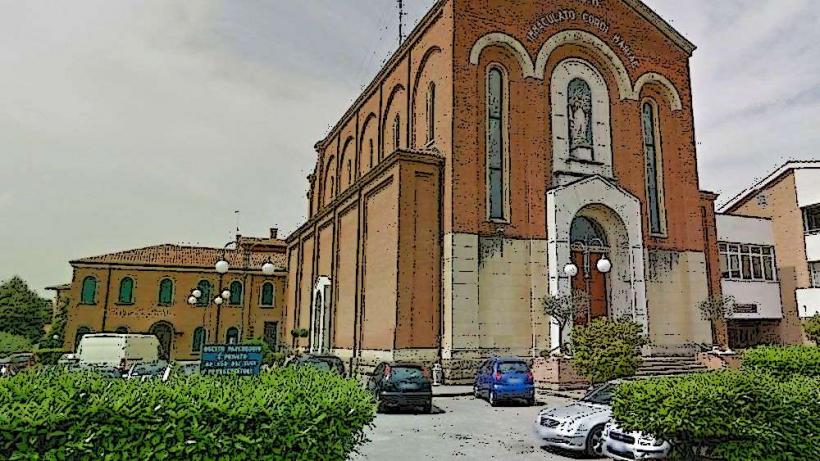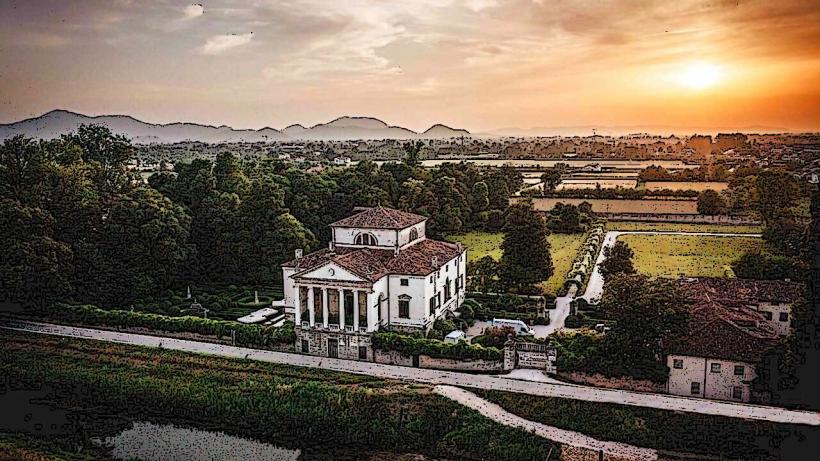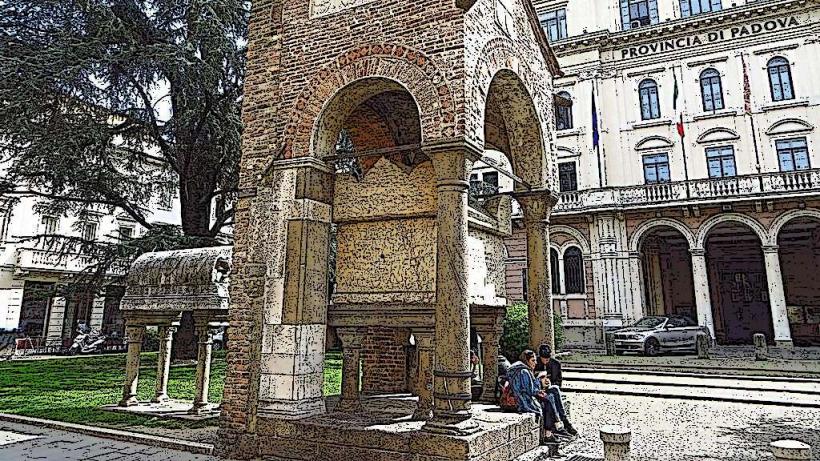Information
Landmark: Orto Botanico di PadovaCity: Padua
Country: Italy
Continent: Europe
The Orto Botanico di Padova (Botanical Garden of Padua) is the oldest botanical garden in the world still in its original location and a UNESCO World Heritage Site. Founded in 1545, it has played a pivotal role in the development of plant science and education, becoming one of the most important and historic botanical gardens globally.
Key Features of the Orto Botanico di Padova:
Historical Significance:
- The Botanical Garden of Padua was established by the University of Padua as part of a medical school project. It was intended as a place to grow plants used for medicinal purposes and to allow students and researchers to study botany and plant sciences.
- It is recognized as the oldest continuously operating botanical garden in the world. The garden’s creation marked a significant moment in the history of science, especially in the development of botanical classification and the study of plant life.
- The Botanical Garden has been in its original location near the city center of Padua since its founding, making it a unique historical and scientific institution.
UNESCO World Heritage Status:
- In 1997, the Orto Botanico di Padova was inscribed as a UNESCO World Heritage Site due to its historical importance and its role in the scientific study of botany. It represents the evolution of botanical research and the early development of botanical gardens as centers of scientific education.
Design and Layout:
- The garden covers 22,000 square meters (about 5.4 acres) and is designed in a circular layout, which symbolizes the relationship between nature and the universe. The circular shape reflects the Renaissance belief in the harmony of the natural world.
- The garden is divided into several thematic sections, each dedicated to specific types of plants, such as medicinal herbs, aquatic plants, plants from different regions of the world, and flowering plants. This arrangement allows visitors to explore plants by category, making it an excellent resource for both scholars and the general public.
- The central part of the garden is the pond, a significant feature where aquatic plants are grown, and it is surrounded by various greenhouses and open-air plant beds.
Botanical Collections:
- The garden contains over 6,000 plant species, including medicinal plants, endemic species, tropical plants, and exotic plants from all over the world. Some of the garden’s most famous plants are rare or endangered species, making it a critical site for conservation and research.
- The garden is also home to various species of trees, shrubs, and flowers that have been carefully cataloged and studied over the centuries.
Historical Plant Species:
- Over the centuries, the garden has introduced and cultivated a wide range of plant species that were pivotal to the development of modern botany. Notably, it was one of the first places to introduce and study plants from the New World (the Americas), which were of immense interest in the 16th century.
- Some of the plants grown in the garden are historically significant, such as the ginkgo biloba tree, which has been part of the collection for centuries, and the Nymphaea (water lily) species, which played an important role in the garden’s history.
Renaissance Influence:
- The Orto Botanico di Padova was designed during the Renaissance period, and the garden’s design reflects the Renaissance ideal of combining scientific study with the appreciation of the beauty of nature.
- It was one of the first botanical gardens to have a systematic arrangement of plants according to botanical classification, making it an important reference for the development of modern botany and plant taxonomy.
- The garden is also an example of the Renaissance principle of integrating art, science, and nature. Several buildings in the garden were designed by famous Renaissance architects and provide the space for scientific research and education.
Greenhouses and Climate Zones:
- The garden has several greenhouses, each designed to house plants from specific climatic zones, including tropical and subtropical environments. These greenhouses are essential for preserving species that require specific growing conditions.
- Some of the greenhouses house plants such as cacti, tropical orchids, and medicinal plants, offering a fascinating insight into the diversity of plant life across different climates.
Educational and Research Role:
- As part of the University of Padua, the Botanical Garden continues to serve as an important educational tool for students of botany, ecology, and environmental science. It is a living laboratory where students and researchers can conduct experiments, document plant species, and study ecological interactions.
- The garden also organizes regular educational programs for schools, children, and the public, offering a hands-on approach to learning about the importance of plant conservation, biodiversity, and the environment.
Museum and Library:
- The Botanical Garden of Padua houses a small museum that displays historical items related to the study of botany, including ancient botanical illustrations, herbariums, and early scientific instruments used by botanists.
- The garden is also home to a specialized library with an extensive collection of books, manuscripts, and scientific papers related to botany, plant sciences, and environmental studies. The library serves as a reference for students and researchers interested in plant-related fields.
Visiting the Garden:
- The garden is open to the public, and visitors can enjoy a relaxing stroll through its beautiful landscapes while learning about the diversity of plant species. It is a popular destination for tourists, nature enthusiasts, and those interested in botany.
- The gardens are well-maintained, and there are informative signs and exhibits that provide details about the various plants and their significance. Additionally, visitors can attend various workshops and cultural events organized by the garden.
In Summary:
The Orto Botanico di Padova is an extraordinary historical and scientific institution that has contributed significantly to the field of botany and plant science for nearly 500 years. As the oldest botanical garden in the world, it offers an invaluable opportunity to explore the evolution of plant research, conservation, and education. With its vast collection of plant species, impressive Renaissance-era design, and educational role, the Botanical Garden is a must-visit landmark in Padua, offering both beauty and knowledge to visitors of all ages.

